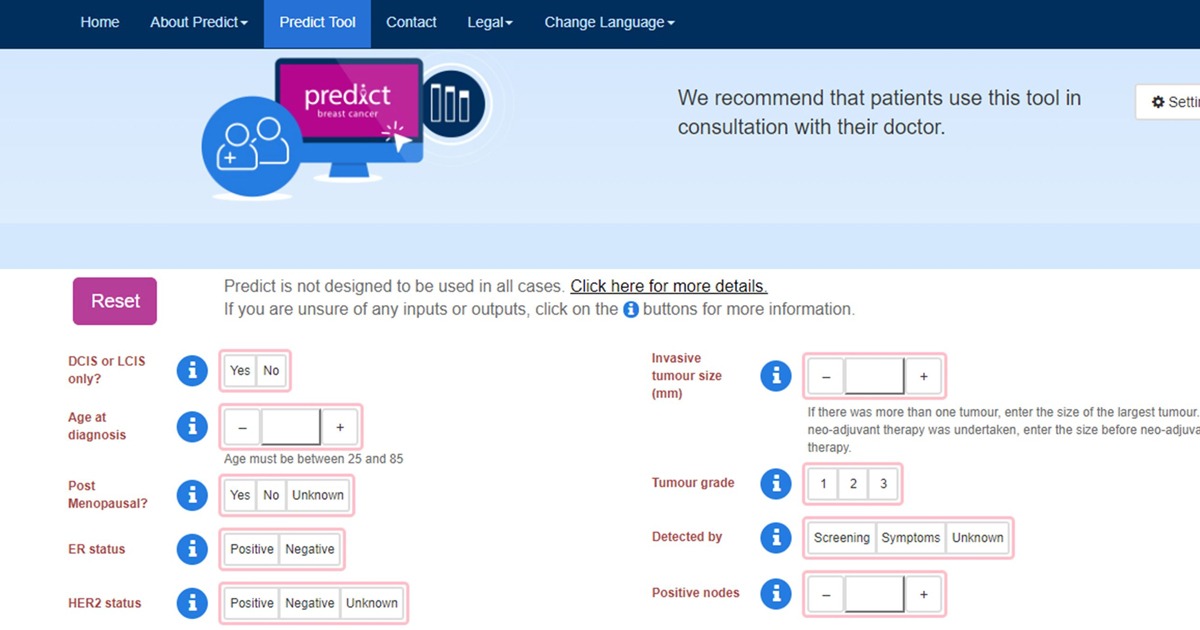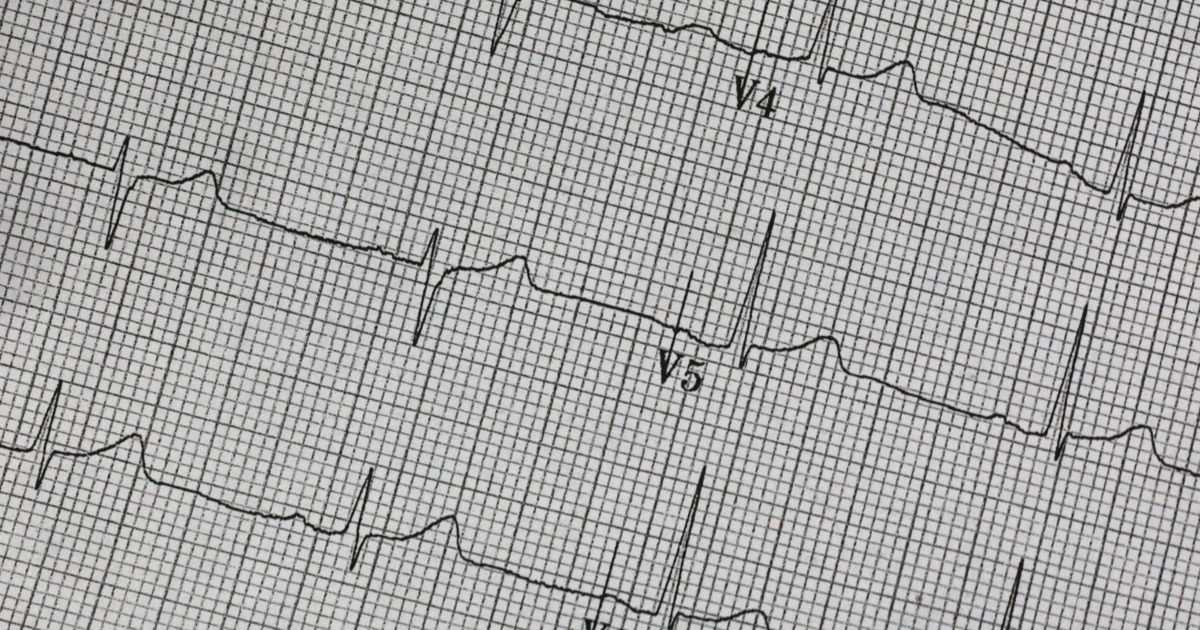Científicos de datos de la Universidad de Arkansas (UARK) desarrollarán un modelo de Artificial Intelligence (AI), para la investigación biomédica.
Investigadores de la UARK desarrollarán un proyecto de módulos de aprendizaje para la investigación biomédica con apoyo de los Institutos Nacionales de Salud (NIH) y Google. El objetivo de los módulos será apoyar a los investigadores biomédicos en su aprendizaje sobre la importancia de machine learning y la AI como herramientas importantes en la investigación.
Por ejemplo, la investigación biomédica se ve beneficiada con la aplicación de machine learning or machine learning al optimizar el análisis de datos para diferentes tipos de imágenes médicas y científicas.
Para el desarrollo del proyecto Justin Zhan profesor de la Universidad de Arkansas, quien es el investigador principal de este proyecto recibió fondos de más de 140 mil dólares por parte del Instituto Nacional de Ciencias Médicas Generales. Asimismo, logró una asociación con Kyle Quinn, profesor de ingeniería biomédica y Larry Cornett, quien dirige la Arkansas IDeA Network una red de Investigación Biomédica de la UARK.
De esta forma, Arkansas IDeA Network, desarrollará estudios de caso para módulos de aprendizaje, utilizando ciencia de datos y núcleos de imágenes. “La nueva tecnología está expandiendo rápidamente la cantidad y variedad de modalidades de imágenes, por ejemplo, que pueden decirles a los médicos mucho más sobre sus pacientes. Pero esta transformación ha creado desafíos, particularmente con el almacenamiento y la gestión de conjuntos de datos masivos. Además, mientras que la revolución de los grandes datos transforma la biología y la medicina en ciencias basadas en datos, la educación tradicional está respondiendo lentamente. Abordar esta deficiencia es parte de lo que estamos tratando de hacer”, explicó Zhan.

Los investigadores de Arkansas también contarán con el apoyo de ingenieros de software de Google y de NIH para abordar diversos objetivos de la investigación impulsada por AI. “Los módulos de computación en la nube desarrollados por el equipo de Zhan ayudarán a los investigadores a comprender cómo se puede utilizar la inteligencia artificial en las ciencias biomédicas para analizar grandes datos”, explicó la universidad en un comunicado.
Los estudios relacionados con la identificación de características en conjuntos masivos de imágenes biomédicas, podría ayudar a los investigadores y médicos, como implementar la AI en su trabajo de manera regular.







